15 ancient monuments discovered beneath Stonehenge

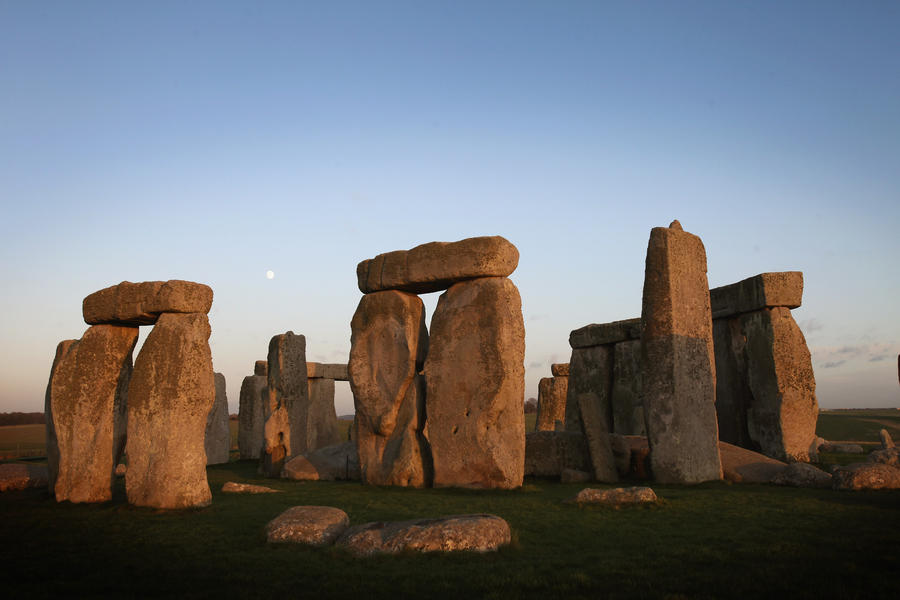
A new report from the Smithsonian Institute has found that 15 previously undiscovered ancient monuments lie beneath the Stonehenge fields.
The Neolithic monuments, which include henges, barrows, segmented ditches, and pits, show that Stonehenge "was not just an isolated monument in an unspoilt landscape, but was part of a much bigger complex," reports Ancient Origins. The researchers also discovered a significant gap in the Cursus monument, which dates to circa 3,500 B.C.E. The monument's opening suggests that people may have gone inside it at one point. The new findings, including the Cursus monument's break, suggest a new batch of evidence about the human civilization at Stonehenge.
The Stonehenge Hidden Landscapes Project found the monuments using magnetic sensors to create a 3D map of the area within a four-square-mile radius. The researchers, who conducted the four-year project with Austria's Ludwig Boltzmann Institute for Archaeological Prospection and Virtual Archaeology, hope it will provide further insight into the creation and purpose of the Stonehenge Cursus. "Those vast stones, standing in concentric rings in the middle of a basin on Salisbury Plain, carefully placed by who-knows-who thousands of years ago, must mean something," Smithsonian magazine explains. "But nobody can tell us what."
The Week
Escape your echo chamber. Get the facts behind the news, plus analysis from multiple perspectives.

Sign up for The Week's Free Newsletters
From our morning news briefing to a weekly Good News Newsletter, get the best of The Week delivered directly to your inbox.
From our morning news briefing to a weekly Good News Newsletter, get the best of The Week delivered directly to your inbox.
"This is among the most important landscapes, and probably the most studied landscape, in the world," Vince Gaffney, an archaeologist at the University of Birmingham, told Smithsonian. "And the area has been absolutely transformed by this survey. It won't be the same again."
A free daily email with the biggest news stories of the day – and the best features from TheWeek.com
Meghan DeMaria is a staff writer at TheWeek.com. She has previously worked for USA Today and Marie Claire.
-
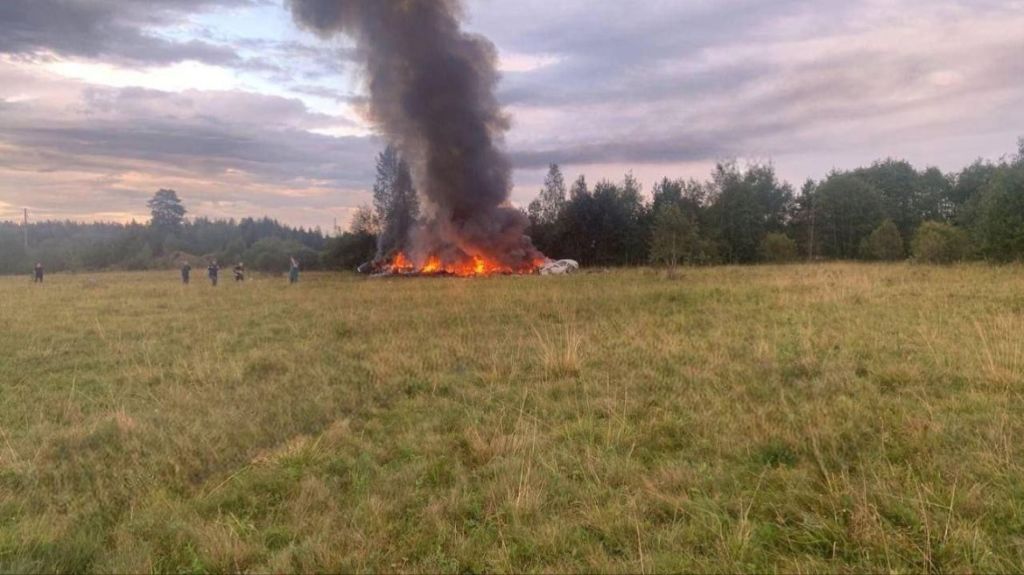 Nobody seems surprised Wagner's Prigozhin died under suspicious circumstances
Nobody seems surprised Wagner's Prigozhin died under suspicious circumstancesSpeed Read
-
 Western mountain climbers allegedly left Pakistani porter to die on K2
Western mountain climbers allegedly left Pakistani porter to die on K2Speed Read
-
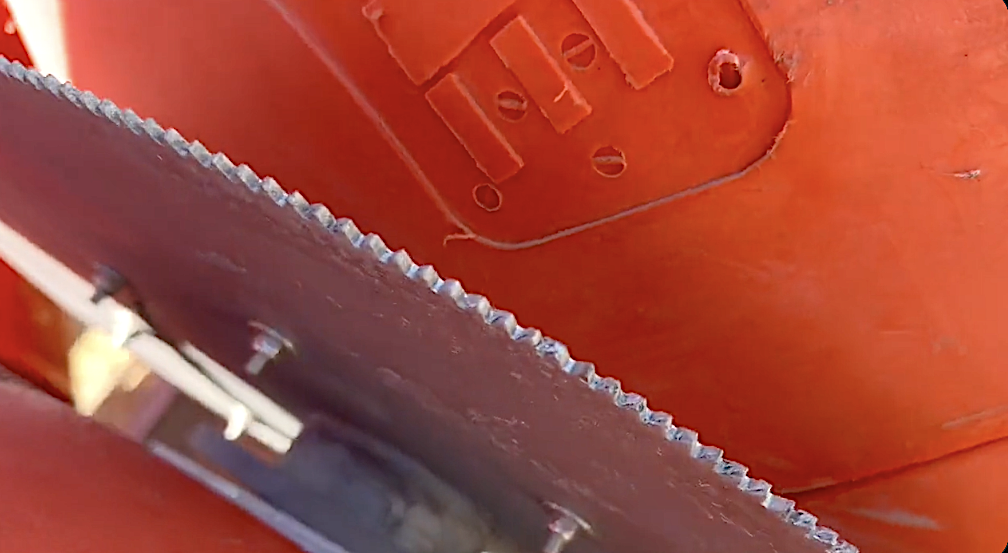 'Circular saw blades' divide controversial Rio Grande buoys installed by Texas governor
'Circular saw blades' divide controversial Rio Grande buoys installed by Texas governorSpeed Read
-
 Los Angeles city workers stage 1-day walkout over labor conditions
Los Angeles city workers stage 1-day walkout over labor conditionsSpeed Read
-
 Mega Millions jackpot climbs to an estimated $1.55 billion
Mega Millions jackpot climbs to an estimated $1.55 billionSpeed Read
-
 Bangladesh dealing with worst dengue fever outbreak on record
Bangladesh dealing with worst dengue fever outbreak on recordSpeed Read
-
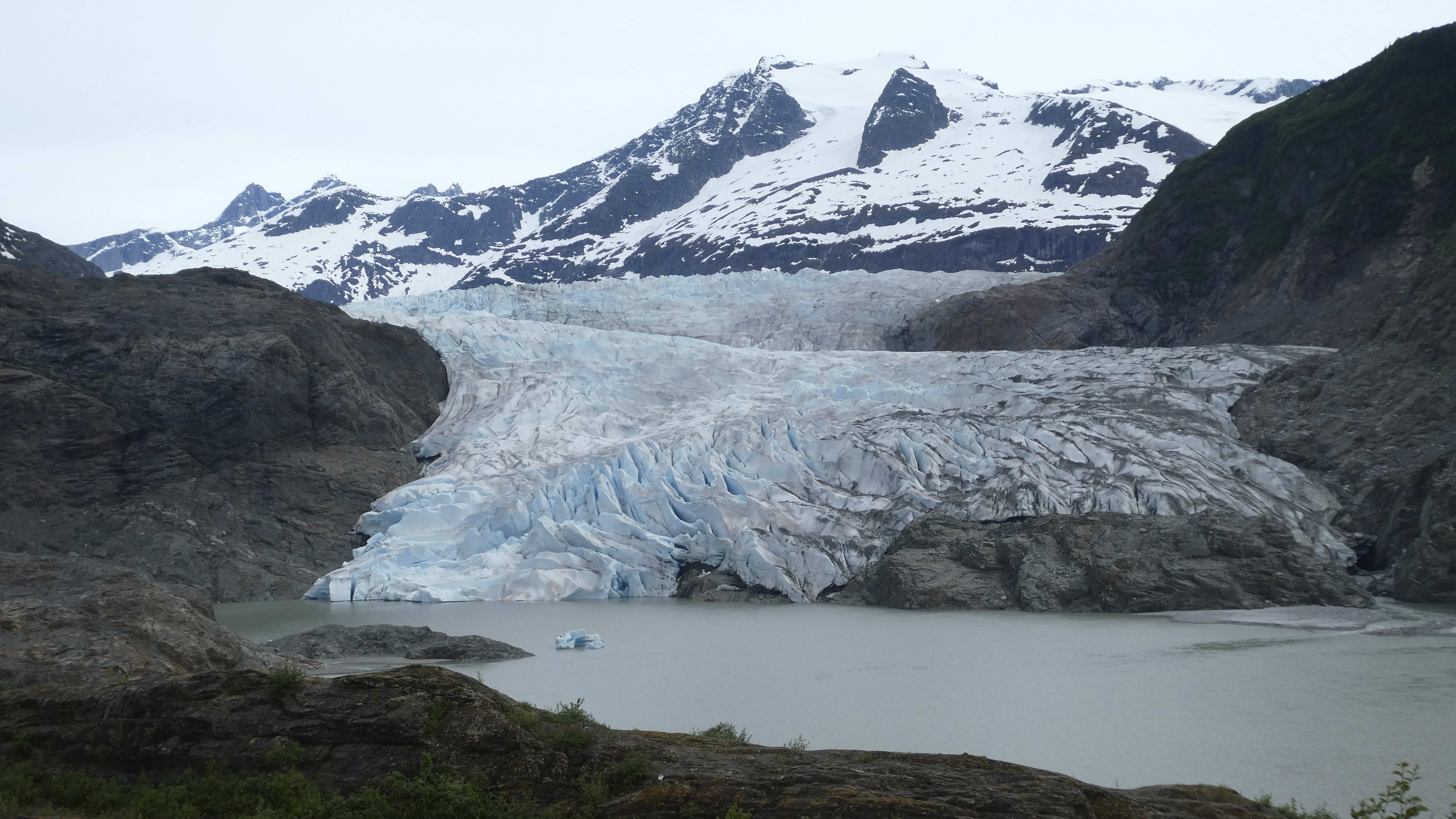 Glacial outburst flooding in Juneau destroys homes
Glacial outburst flooding in Juneau destroys homesSpeed Read
-
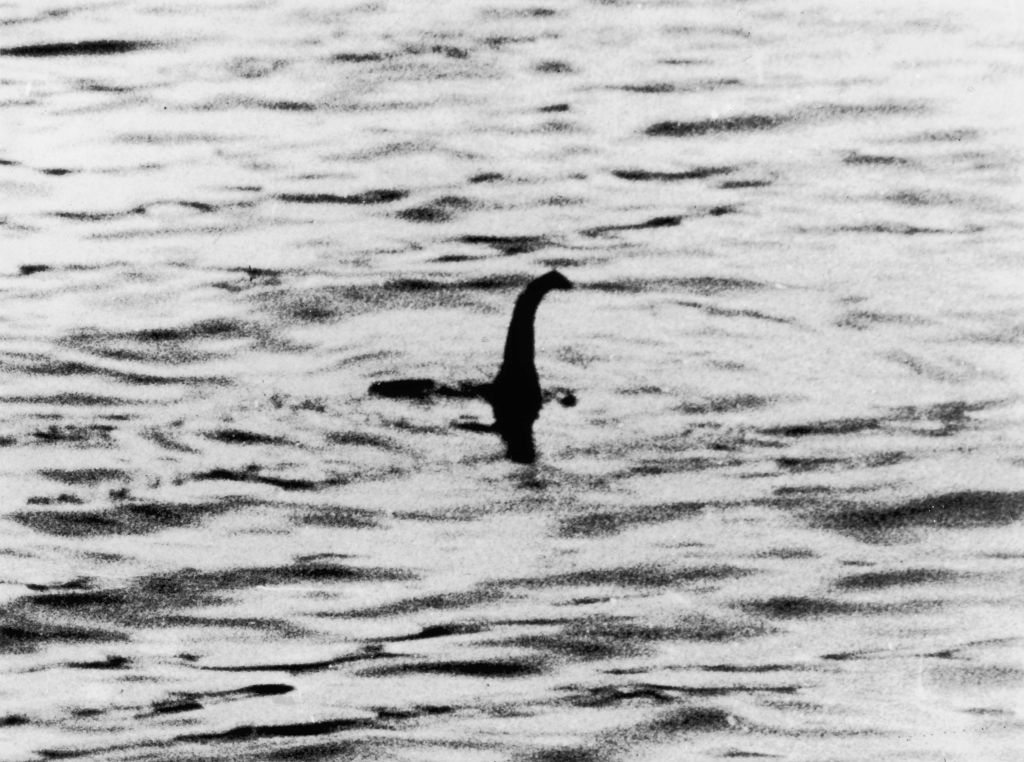 Scotland seeking 'monster hunters' to search for fabled Loch Ness creature
Scotland seeking 'monster hunters' to search for fabled Loch Ness creatureSpeed Read



